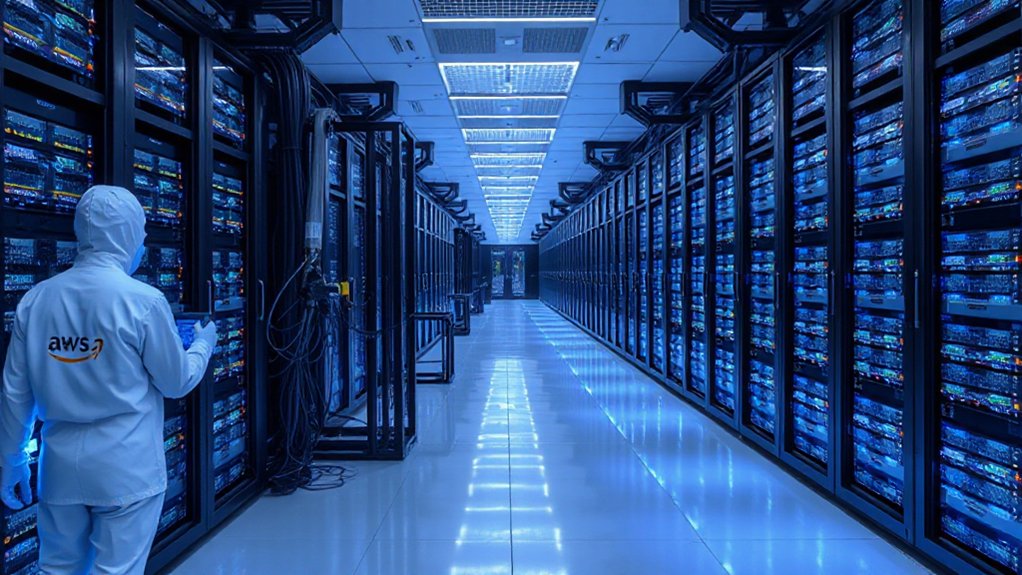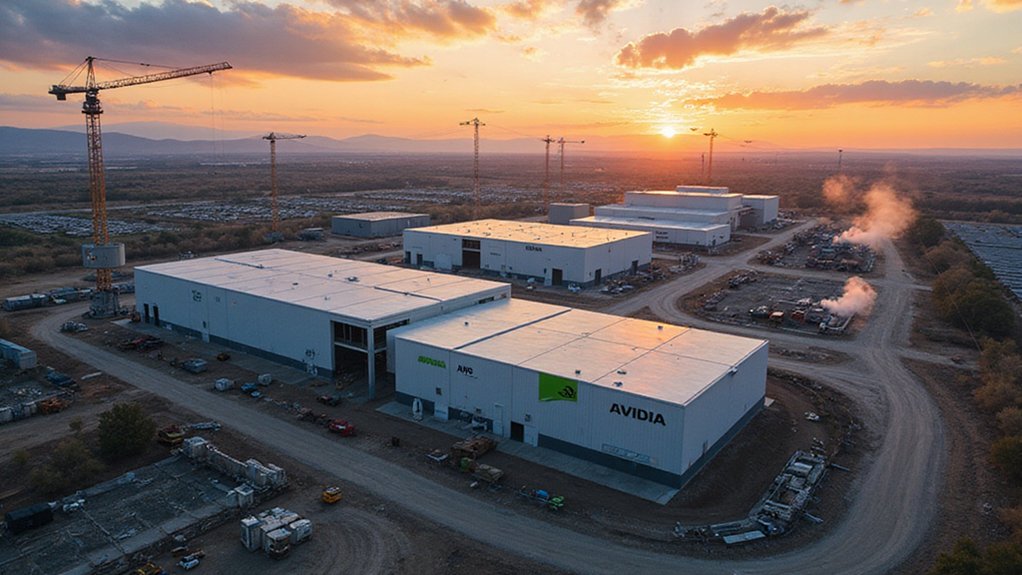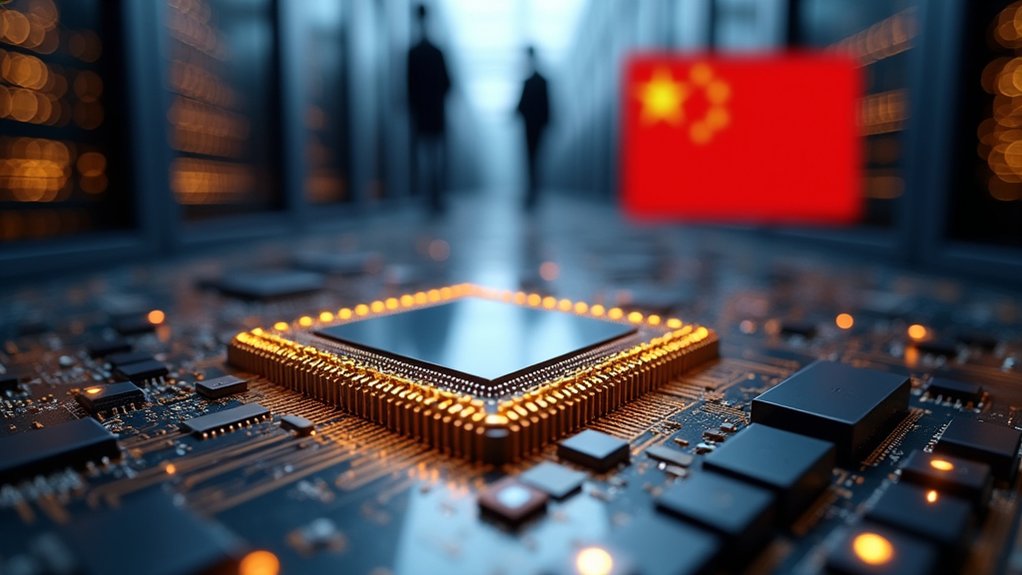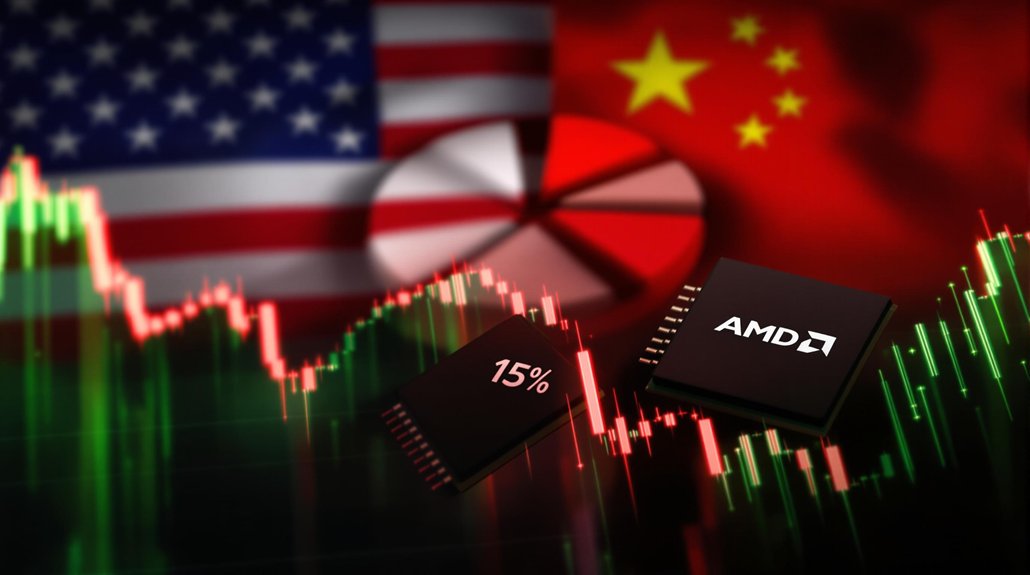While companies race to build the most powerful AI systems, Amazon Web Services (AWS) has taken a massive leap forward with its new Project Rainier. This ambitious initiative features nearly half a million Trainium2 chips, creating one of the world’s largest AI compute clusters. The scale of this project puts AWS at the forefront of infrastructure development for advanced artificial intelligence.
The Trainium2 chip is AWS’ current-generation AI training chip, delivering an impressive 1.29 petaflops of performance using FP8 floating-point numbers. Each chip uses the NeuronCore-V3 architecture with eight cores and is supported by 96 gibibytes of onboard memory, allowing for complex calculations at unprecedented speeds. Anthropic’s AI model Claude is already utilizing this infrastructure and is expected to scale to 1 million Trainium2 chips by the end of 2025.
AWS’ Trainium2 chips pack 1.29 petaflops of FP8 performance with NeuronCore-V3 architecture and 96 gibibytes of memory for lightning-fast AI calculations.
These chips aren’t working in isolation. AWS has developed UltraServers and UltraClusters that combine multiple Trainium2 servers, connected through high-speed NeuronLinks. The fourth-generation Elastic Fabric Adapter (EFA) networking technology connects these servers across data centers, ensuring fast data transfer. This technology evolution follows the industry shift from focusing on stack height to bandwidth engineering for optimal performance.
Another major AWS innovation is Project Ceiba, a supercomputer capable of 414 exaflops of AI processing. This system uses NVIDIA Blackwell GPUs, specifically the GB200 Grace Blackwell Superchips, connected through fifth-generation NVLink technology. The EFAv4 networking provides up to 1,600 Gbps per superchip.
Memory and interconnect challenges remain significant in AI computing. The rapid advancements in GPU performance have outpaced High Bandwidth Memory (HBM) capabilities, creating what experts call a “memory wall.” AWS addresses this with HBM3 memory in Trn2 instances, offering 1.5 TB of memory and 46 TBps of memory bandwidth. This investment aligns with projections showing a long-term impact of $4.4 trillion in productivity growth from generative AI technologies.
P6e-GB200 UltraServers further extend these capabilities with 360 petaflops of dense FP8 compute and 13.4 TB of high-bandwidth GPU memory. For more versatile computing needs, P6-B200 instances combine 8 NVIDIA Blackwell GPUs with Intel Xeon processors.
AWS’s approach offers both scalability and flexibility, allowing customized hardware and software configurations to meet diverse AI needs. This infrastructure push demonstrates Amazon’s commitment to supporting advanced AI development across industries.
References
- https://aws.amazon.com/nvidia/project-ceiba/
- https://siliconangle.com/2025/06/18/aws-introduce-updated-server-cpu-new-ai-training-chip/
- https://aws.amazon.com/blogs/machine-learning/aws-ai-infrastructure-with-nvidia-blackwell-two-powerful-compute-solutions-for-the-next-frontier-of-ai/
- https://tspasemiconductor.substack.com/p/the-infinite-ai-compute-loop-hbm
- https://www.aboutamazon.com/news/aws/aws-project-rainier-ai-trainium-chips-compute-cluster
- https://aws.amazon.com/ai/machine-learning/trainium/









